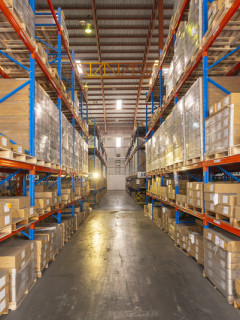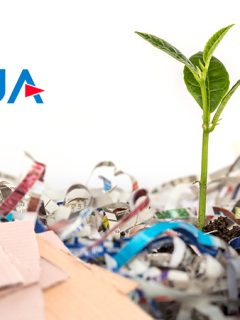All of us, living beings and inanimate objects, leave a footprint of our passage on Earth. Moreover, throughout our life cycle we consume resources, and this causes an impact on the environment for the atmosphere. Similarly, packaging, obviously, is not free from this fact. And one way to calculate the environmental impact of its production and use is the concept of the packaging carbon footprint.
What is the carbon footprint of packaging?
The carbon foot print of an individual, organisation, event, product or action is determined through the greenhouse gas emissions that their activities involve, directly or indirectly.
This takes into account various types of GHGs, including water vapour, carbon dioxide, methane, nitrogen oxides, ozone and chlorofluorocarbons. It is expressed in units of CO2eq, i.e. carbon dioxide equivalents.
How the carbon footprint of packaging is calculated
To calculate the carbon footprint of packaging it is necessary to take into account the GHG emissions that originate along its:
- Production, both of the raw materials that compose it (such as paper, cardboard, plastic, etc…) and its transformation into a final product, ready to be commercialised.
- Transport, from the raw materials to the factories and from the factories to the warehouse and finally to the customers.
- Expiry date, distinguishing between packaging that is reusable and packaging that has a single use.
- Recycling and waste management at the last stage of the cycle.
Why you should take 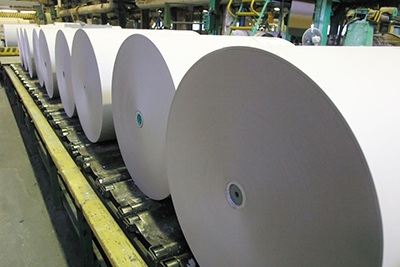 medito reduce the carbon footprint of your packaging
medito reduce the carbon footprint of your packaging
Reducing the carbon footprint of packaging is essential to combat climate change. The Center for International Environmental Law (CIEL) warns in its study Plastic & Climate: The Hidden Costs of a Plastic Planet that plastic production, incineration and composting activities were responsible for emitting more than 850 million tonnes of CO2 in 2019 globally. The equivalent of the pollution generated by 189 500-megawatt carbon thermal power plants over the course of the year.
In conclusion, if the plastics industry remains at these levels in the coming years (and the forecasts are not promising), the international community will fail in the objective of controlling the increase in the planet’s temperature. It will not be possible to keep it below 1.5ºC on average until 2050.
Reducing the carbon footprint of packaging: what can your company do?
So, is there anything that companies can do to avoid this problem? Of course! There are, for example, several measures that help reduce the carbon footprint of the packaging you use to wrap your products:
1. Adjust your packaging size
More flexible and lighter packaging, customised boxes, bags and envelopes as an alternative, and so on. These are some of the changes you can make to reduce the size of your packaging. Similarly:
- You will reduce your packaging supplier’s invoice and control the volumetric weight of your shipments. And that will show in your results!
- You will reduce the environmental impact of your packaging. In conclusion: more minimalism, less production costs and less waste!
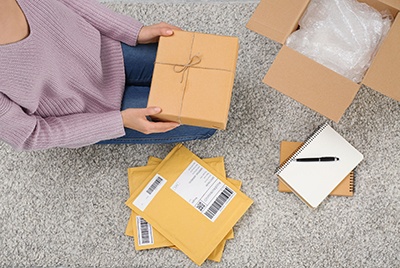
2. Choose the most sustainable option for you
Which is better, cardboard or plastic? Well, we have to say that there is no right answer and that each case is a case. To make the best choice, you should calculate the carbon footprint of each specific product and likewise make a comparison with its alternatives.
In summary, you can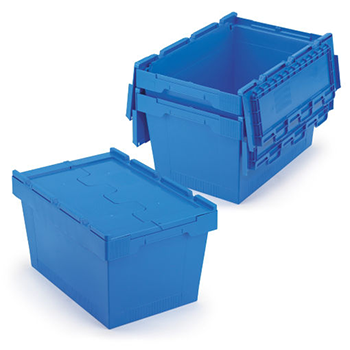 can be said:
can be said:
- The plastic boxes can be reused dozens of times. See, therefore, the advantages of this product for the storage and transport of food, medicines and parts for the electronics or automotive industry.
- Paper and cardboard, especially if they are recycled and recyclable, gain a greater importance when we talk about disposable packaging. In addition, paper and board producers take the goal of reducing GHG emissions in their manufacturing processes very seriously. The European Federation of Corrugated Board Manufacturers (Fefco) recently announced that in 2018 it managed to reduce the carbon footprint of corrugated board produced by its partners to 538 kg CO2eq per tonne, 11% less than in 2015.
3. Convey a commitment to the environment
Quality verification bodies are independent bodies that can help you audit your processes, reviewing the carbon footprint of your packaging and in order to validate your environmental commitment.
RAJA holds the CO2zero standard, awarded under the ISO 14064 criteria. This shows that we care about offsetting the CO2 we generate in our day to day lives; and that we are committed to emitting ever less greenhouse gases.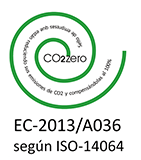
Ready to meet the challenge of reducing the carbon footprint of your company’s packaging? Count on RAJA, your trusted supplier.











